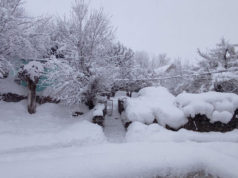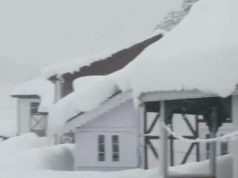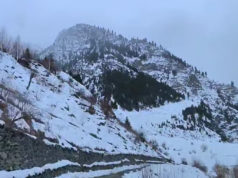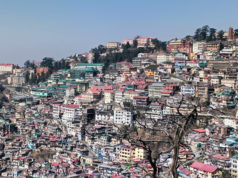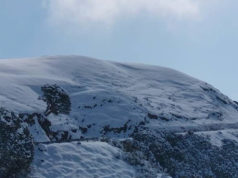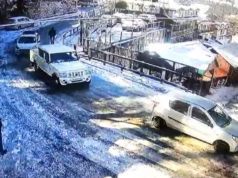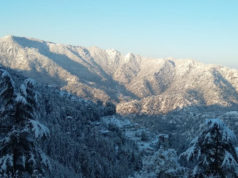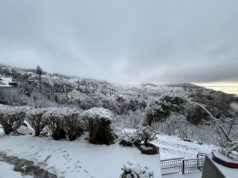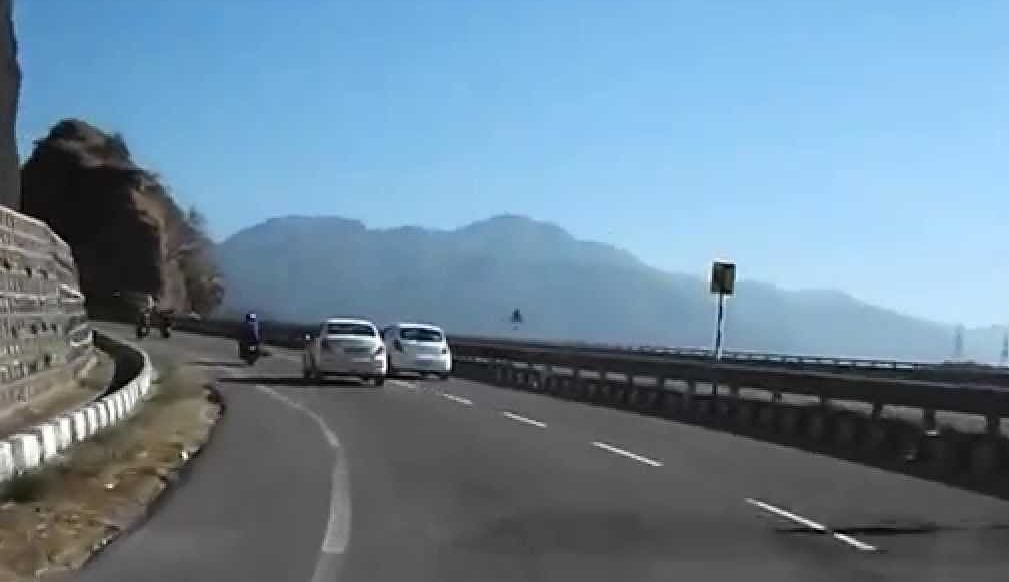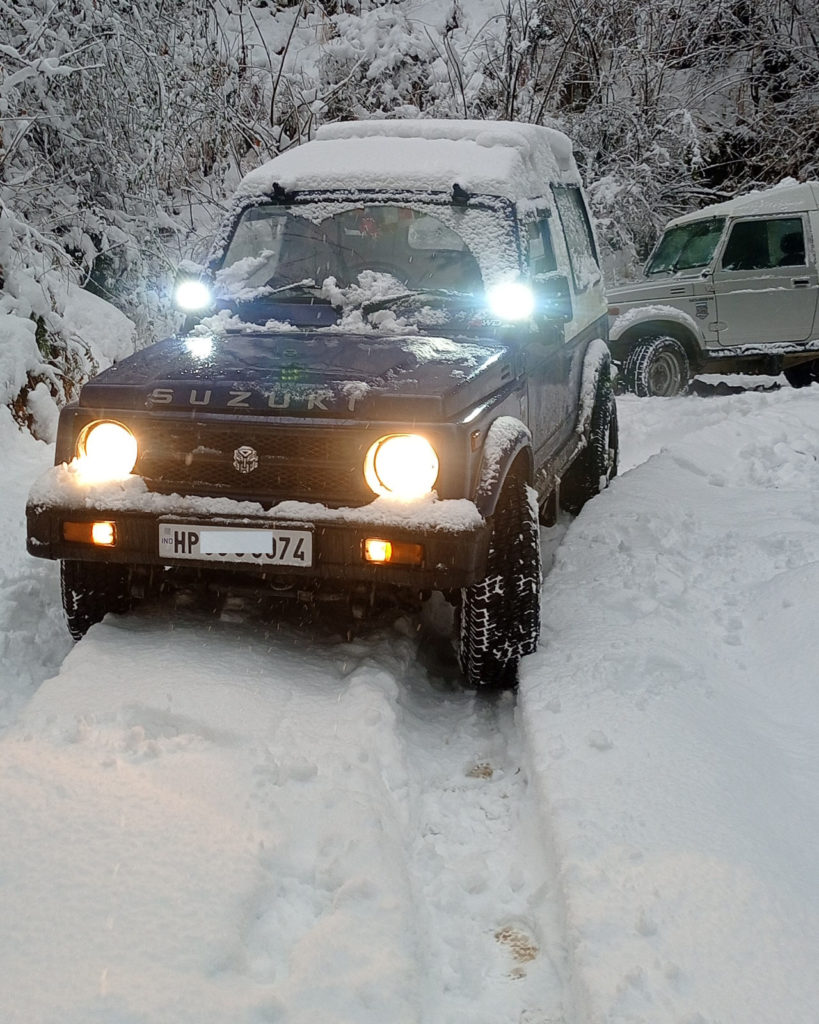
As the enchanting landscapes of Shimla, Manali, and other lofty hills don a fresh, powdery mantle of snow, the call of winter echoes through the majestic mountain ranges. In the wake of this recent snowfall, the need for cautious and responsible driving takes center stage, transforming these picturesque destinations into a pristine yet challenging terrain. This article, crafted in response to the recent snowy embrace of these high-altitude havens, delves into the essential nuances of safe and sustainable driving practices amidst the winter wonderland that now graces Shimla, Manali, and the surrounding peaks.
Understanding the Enemy: Snow and Ice
Snow and ice metamorphose roads into capricious landscapes. Diminished traction leads to extended stopping distances, heightened risks of hydroplaning, and the omnipresent menace of black ice patches. Grasping these challenges becomes indispensable before embarking on your snowy adventure.
Prepping Your Chariot for the Blizzard
Preparation stands as the linchpin! Before setting out on your journey:
Winterize your vehicle: Ensure optimal tyre pressure and tread depth. Contemplate the use of winter tyres for enhanced grip. Scrutinize antifreeze levels, check battery health, and inspect wiper blades. Assemble an emergency kit comprising jumper cables, blankets, a shovel, and snacks.
Plan your route: Opt for well-maintained roads, stay abreast of weather updates, and communicate your itinerary to others. Allocate sufficient travel time to accommodate slower speeds and potential delays.
Clear the vision: Eliminate all snow and ice from windows, mirrors, headlights, and taillights. Confirm the functionality of wipers and ensure the windshield washer fluid is adequately filled.
Taming the Beast: Responsible Driving Techniques
Once on the road, adopt a defensive and patient approach:
Slow and Steady Wins the Race: Drastically reduce your speed, recognizing that stopping distances are significantly prolonged on snow-covered surfaces. Anticipate potential hazards and apply brakes gently, avoiding sudden manoeuvres.
Embrace the Gear: Employ a lower gear (second or third) for smoother torque delivery and engine braking. This minimizes wheel spin and preserves traction. Steer clear of frequent gear changes that disrupt momentum and stability.
Maintain Distance: Augment the following distance between your vehicle and the one ahead. A prudent rule of thumb is to leave at least 10 times the typical stopping distance, allowing ample space for reaction and braking.
Smooth Operator: Eschew abrupt acceleration, braking, or steering. Consistent and gentle inputs are pivotal to retaining control. Remember, sudden manoeuvres can induce skids and loss of control.
Turn with Caution: Approach corners with gradual and steady movements, eschewing sharp turns that may upset the balance of the vehicle. Ease off the accelerator before entering a turn and maintain a constant speed throughout.
Embrace Technology: Contemporary cars are equipped with traction control and anti-lock braking systems (ABS). While these features are invaluable aids, it is essential to acknowledge their limitations. Drive cautiously and responsibly, understanding the physics involved.
Constant Acceleration: Myth or Misunderstood Masterpiece?
The concept of maintaining constant acceleration with higher gears in snow holds merit, but with nuances:
Smoothness is Key: The emphasis lies on gentle and consistent acceleration, rather than maintaining a fixed speed irrespective of the situation. Adjust your speed based on road conditions and traffic.
Engine Braking Advantage: Utilizing a lower gear provides valuable engine braking, assisting in maintaining control on downhill slopes without relying solely on the brakes. This conserves brake wear and diminishes the risk of overheating.
Not a One-Size-fits-All Approach: Refrain from fixating on a specific gear. Adapt based on road incline, snow depth, and vehicle capabilities. Remember, smooth and controlled inputs are paramount.
Remember, Responsible driving transcends personal safety; it encompasses minimizing our impact on the fragile Himalayan ecosystem. Here’s how:
Minimize idling: Avoid unnecessary idling to conserve fuel and reduce emissions.
Respect wildlife: Be mindful of animals seeking shelter on or near roads. Slow down and provide ample space.
Dispose of waste responsibly: Pack out all trash, leaving no trace of your journey.
Support local communities: Opt for responsible homestays and hotels that uphold sustainable practices.
By adopting these practices, we can ensure that our snowy adventures leave only footprints of appreciation, not harm, on the majestic Himalayas. Let us conquer the white frontier responsibly, leaving behind a legacy of respect and preservation for generations to come.”


